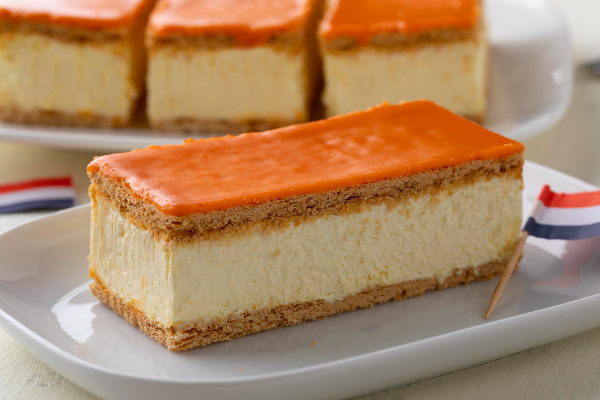
22 Sep What do you know about the tompouce?
We recently enjoyed them again during King’s Day and Liberation Day; the beloved tompouce. By now, we all know how to eat them… and how not to. Besides the classic pink version, we also have the orange variety, and chances are you already know which one you prefer. But there’s a lot more to discover about this sweet treat.
The tompouce originally comes from Mokum (Amsterdam). Reportedly, the first pink tompouce was made by an Amsterdam pastry chef whose name has been lost to history. Although the idea may have been inspired by the French pastry millefeuille (which dates back to 1651), the first Dutch version of this delicacy was created in the capital.
The name “tompouce” is said to have been inspired by a circus performer named Admiral Tom Pouce, who was named after the famous American circus artist General Tom Thumb. There is some uncertainty about this origin story, and the connection between the performer and the pastry is unclear. It may very well be a myth, so take it with a grain of salt.
In many other countries, the tompouce is referred to as a Napoleon. It’s a well-known treat worldwide, with different names such as millefeuille (France), mille foglie (Italy), napoléonskake (Norway), napoleon or nap (USA), and boekske (Flanders).